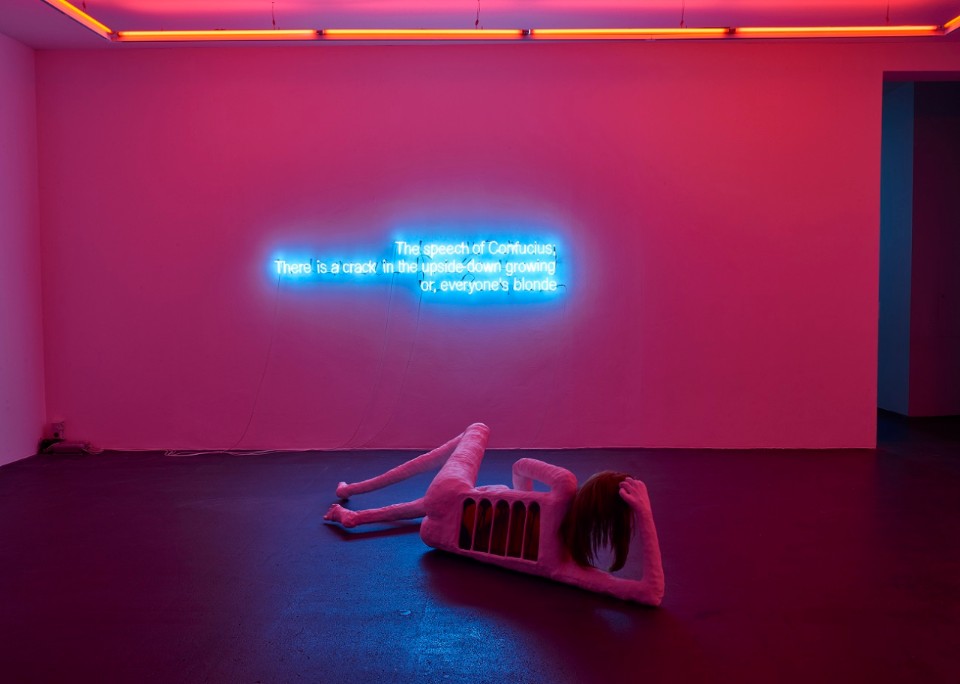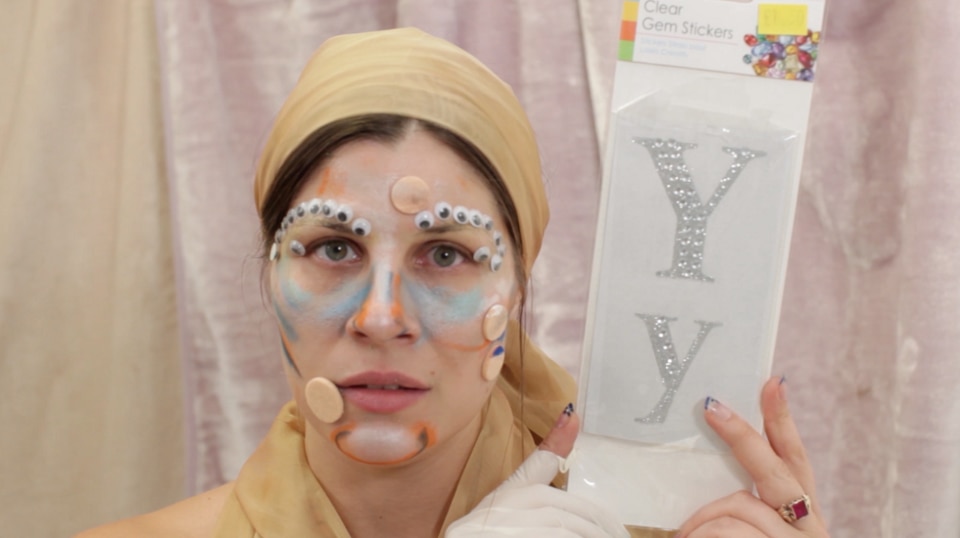At Centre Regional d’Art Contemporain Occitanie / Pyrénées-Méditerranée, located 13,4 km from Béziers, “Mademoiselle” introduces itself as a group exhibition collecting together a generation of women artists. But why, once more, the current resurgence of attention on feminist art aims to spark impassioned discussions about the relevance of feminism in today's allegedly "post-feminist" art world? “Mademoiselle” tries to offer a possible shade of answers, not only because women of all generations remain conflicted about feminism, but because contemporary art is arguably the most appropriate medium to represent feminism's complex history, meaning, sensitivity and purpose. Trying to select shortlisted spokeswomen of the recent feminist art, the survey show demonstrates why feminism is far from a fixed term. Putting aside feminist theory's distracting obsession with semantics, the title term “Mademoiselle” aims to include many and varied ideological factions, political agendas, identities and histories to fit any single definition that is not troublingly essentialist, reductionist or vague. “Mademoiselle”, reflecting the diversity of women's experiences and approaches to their identity, remind us how feminist art could be an enormously broad field, with attitudes, aesthetics and objectives ranging from Elsa Sahal and Nevine Mahmoud’s eroticism to Verena Dengler’s previsions.
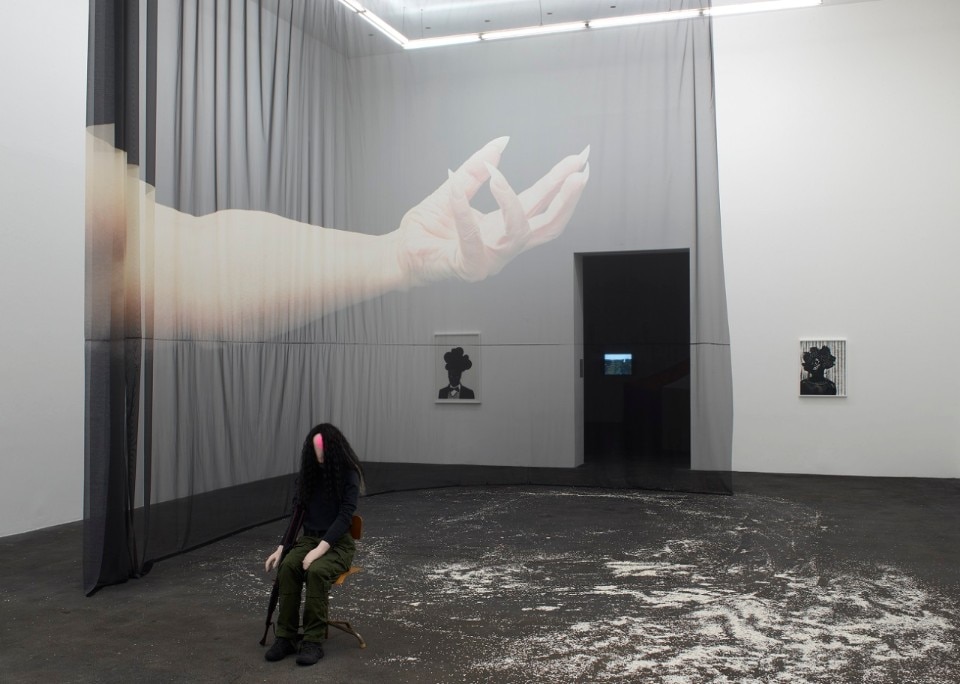
 View gallery
View gallery

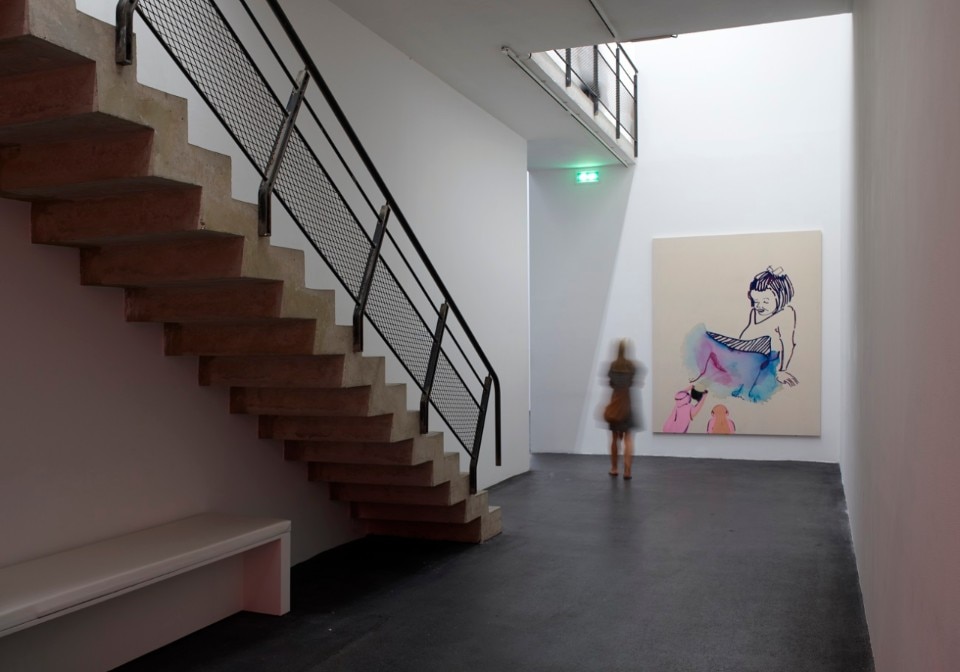
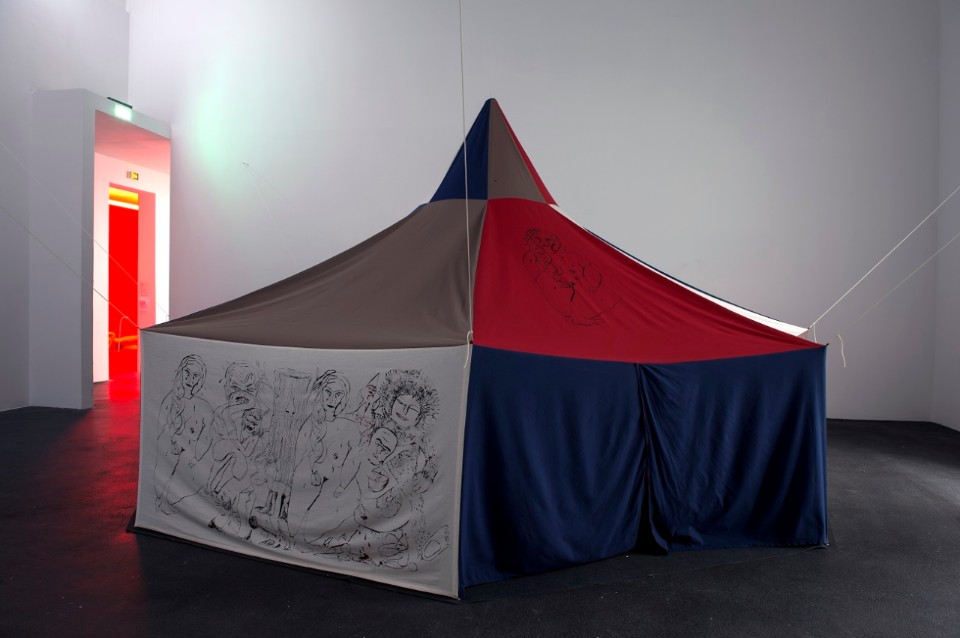
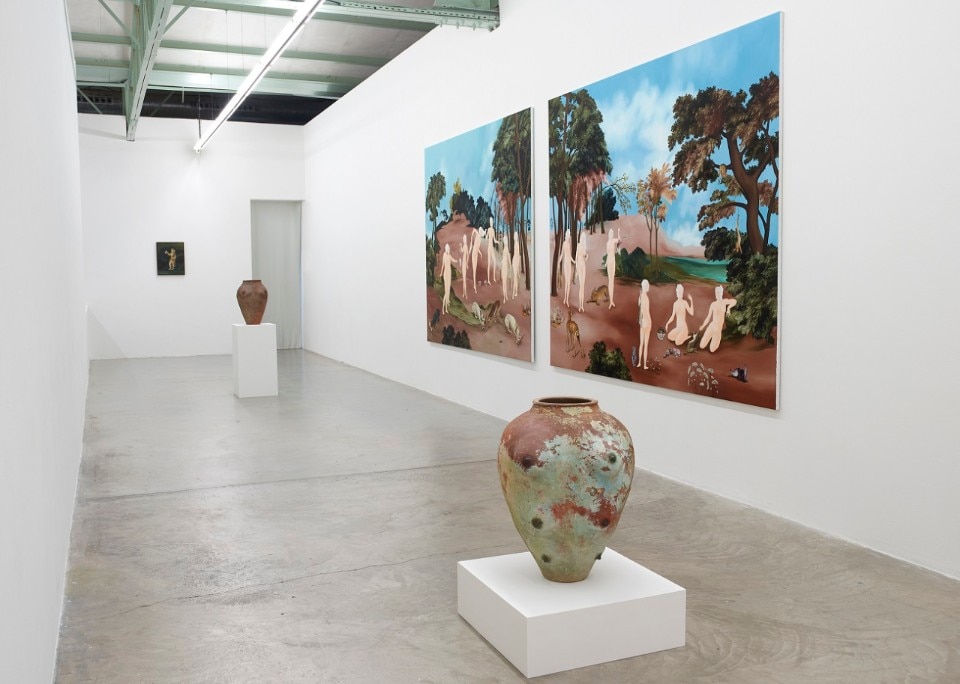
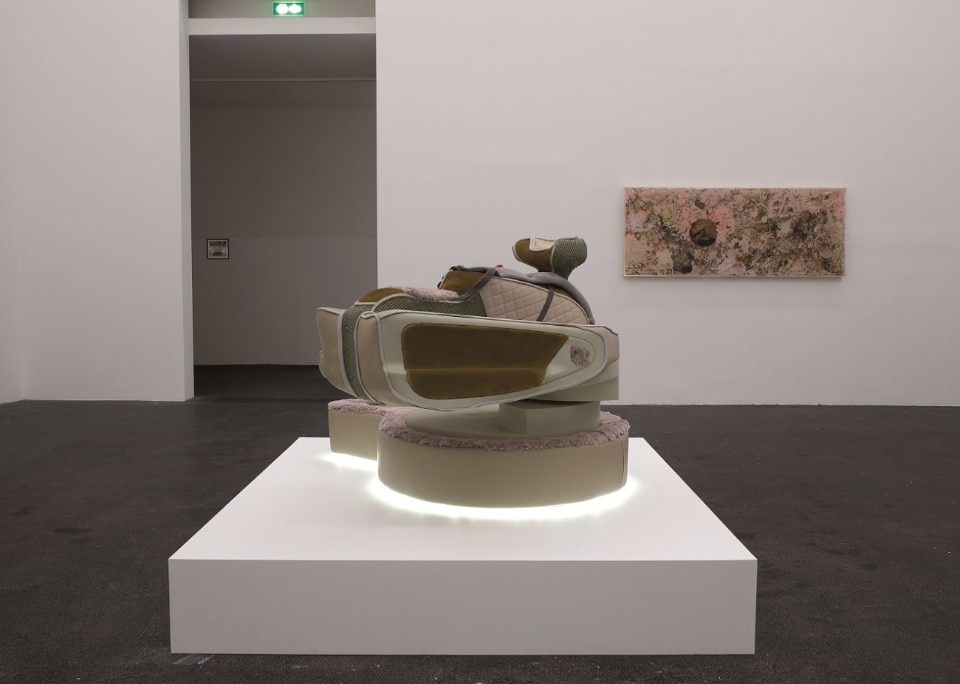
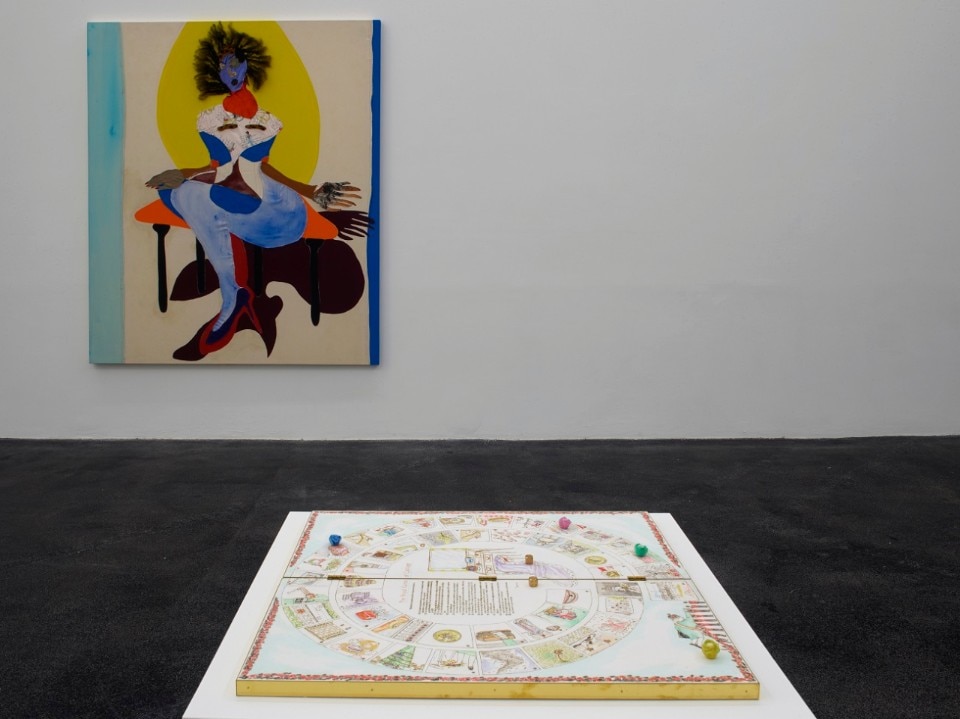
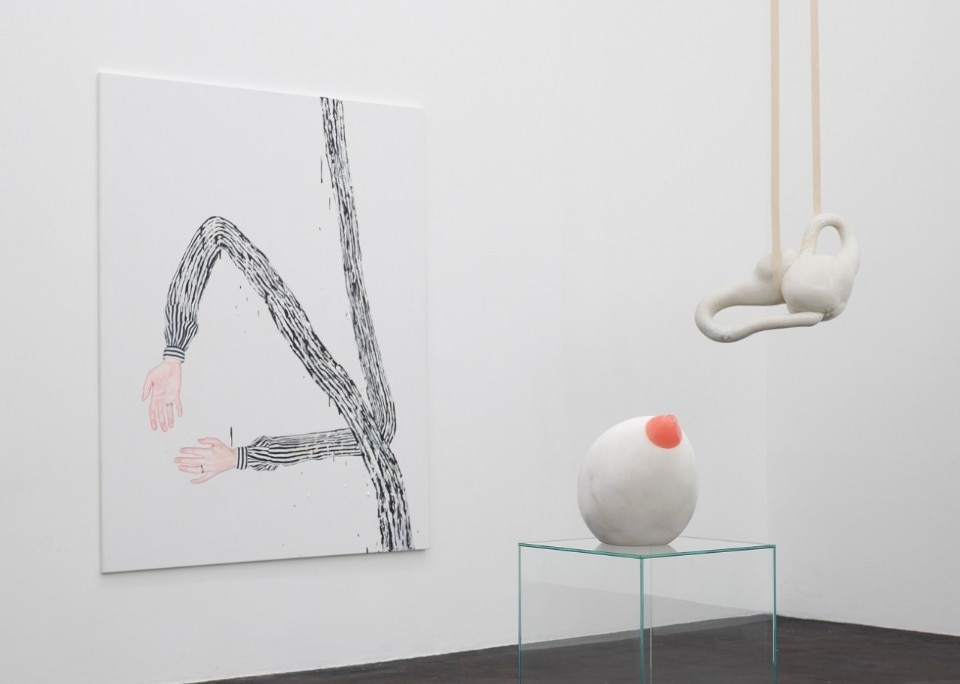
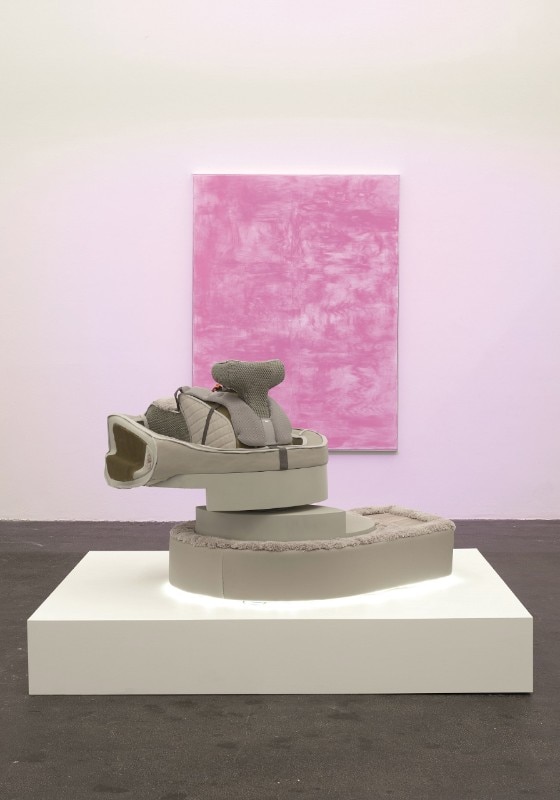
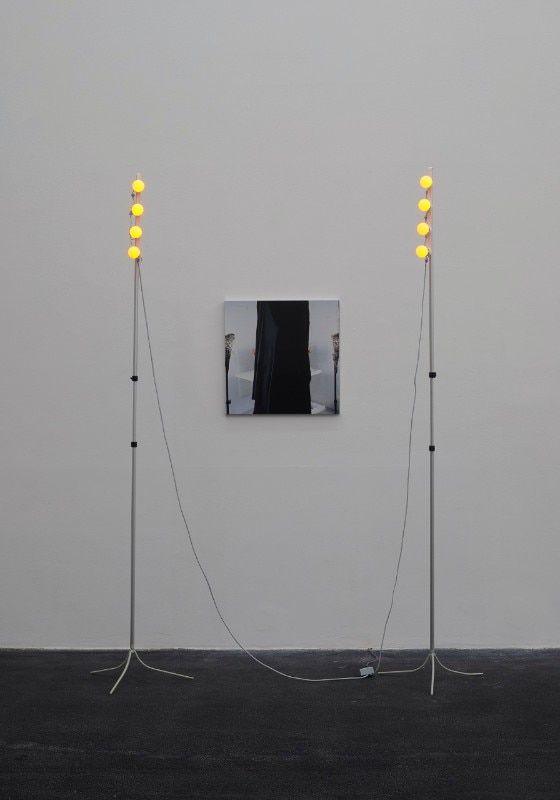
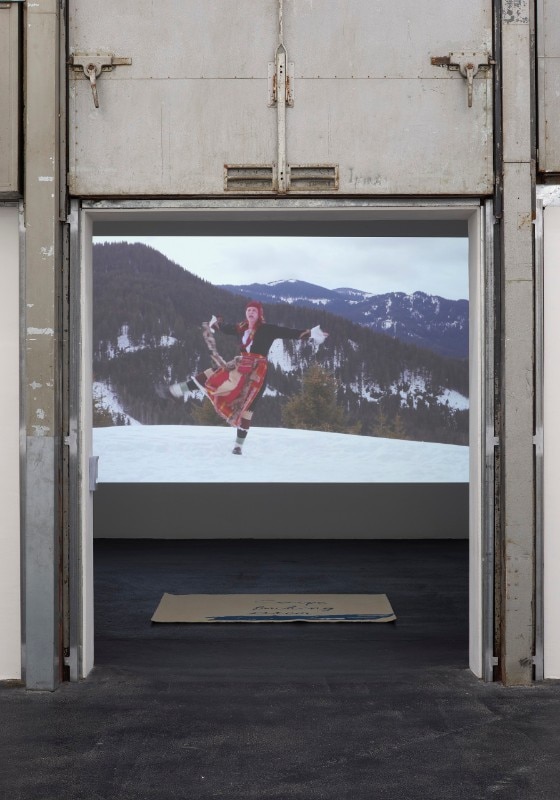
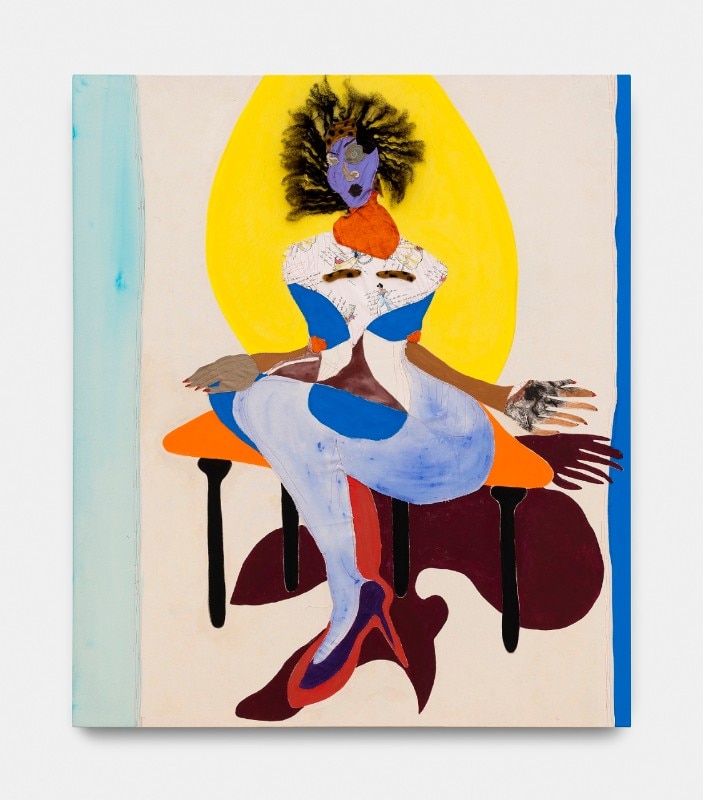










In the museum, the entrance room, displaying, among others, Elsa Sahal and Nevine Mahmoud’s erotically charged works representing women fragmented body parts as fetishized in the male gaze, speaks to the very last room in the space on the top floor, where the gaze is reversed by women’s sexual estimation of men and sexuality at large, as in the works of Celia Hempton and Anetta Mona Chisa and Lucia Tkacova. Sara Cwyner’s reflections on consumerism, soft sexism, power and obsolescence, among other musings, contrasts with Liv Wynter’s installation and performance piece in the next room, denouncing the empty rhetoric and indifference surrounding attacks on women in the private sphere.
Sanam Khatib’s work, introducing the powerful dominance of female figures in paintings that evoke medieval tapestries, thus attempting to re-write art history from a female perspective, is positioned in a top floor section with views on the ground floor area where Anna Uddenberg’s and Verena Dengler’s futuristic sculptures examine the evolution and faith of female power and its symbolism.
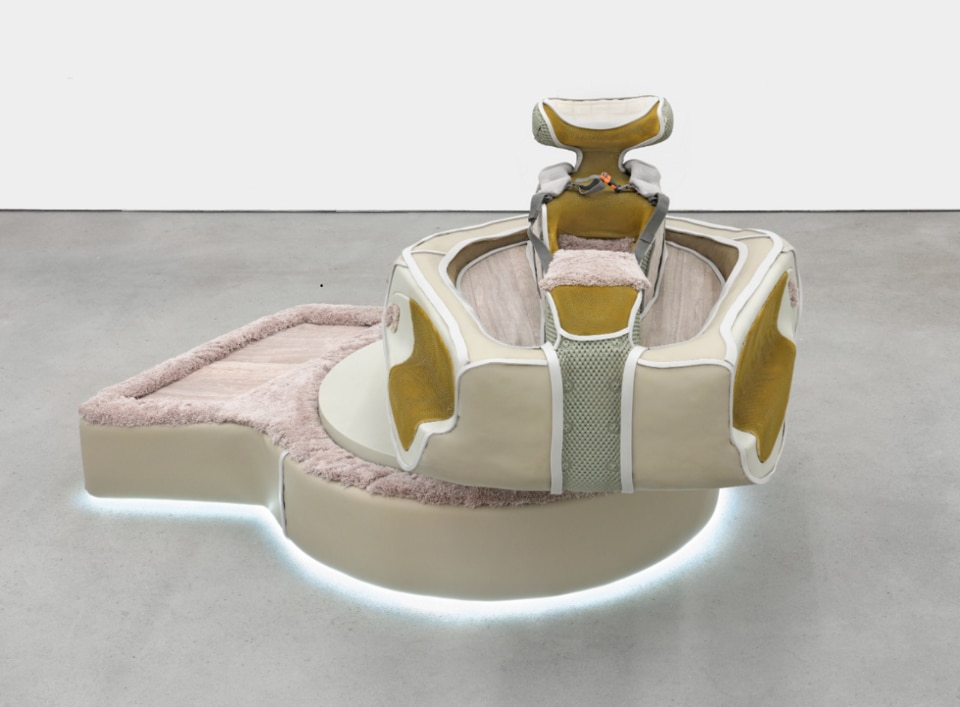
At “Mademoiselle” feminism's core, its greatest ideological strength and practical failing is the idea that the "personal is political." Militant feminists as Zanele Muholi have alienated women by refusing to accept that it is impossible to proscribe sexual desire through legislation, or by railing against humour and decrying personal relationships. While emerging artist as Romana Londi (curator’s sister) or Maria Thurn und Taxis, who could be supposed to snub the label "feminist", probably invalidate the psychological, philosophical and existential messiness of women's lives remaining a legitimate and compelling domain of art.
- Exhibition Title:
- Mademoiselle
- Opening dates:
- 21 July 2018 - 6 January 2019
- Curated by:
- Tara Londi
- Venue:
- Centre Regional d’Art Contemporain Occitanie / Pyrénées-Méditerranée
- Address:
- 26, Quai Aspirant Herber 34200 SÈTE - France


